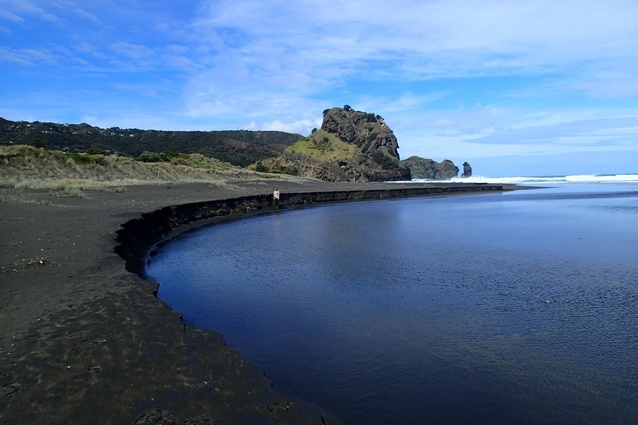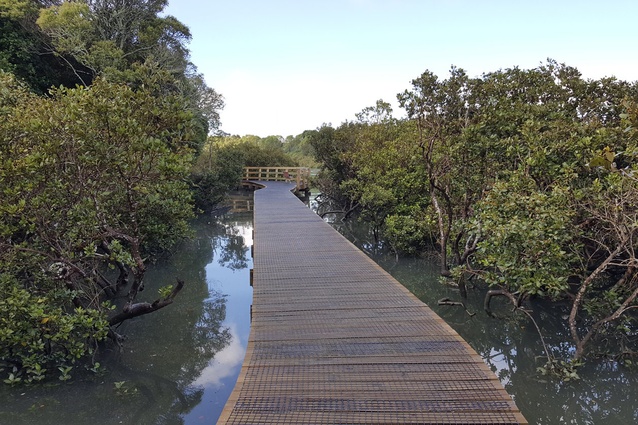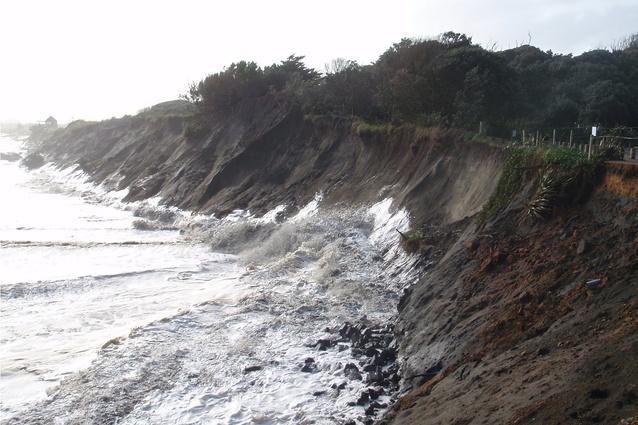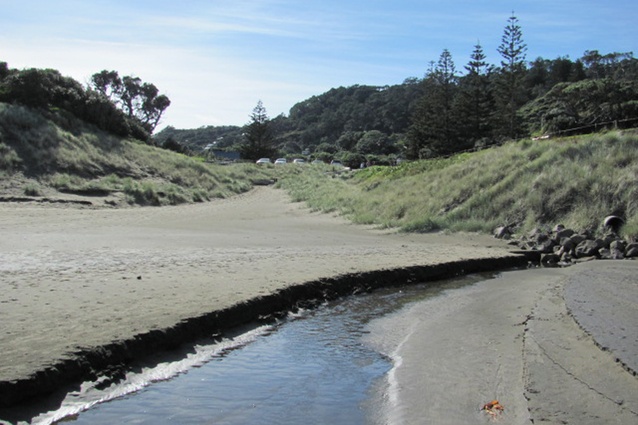Adaptive planning for coastal climate change
Sam Morgan discusses the various ways that adaptive planning can help coasts cope with climate change for Landscape Architecture Aotearoa. Morgan is a coastal scientist with 4Sight Consulting who has 15 years' experience in coastal management across New Zealand, Australia and the United States.
The idea of adaptive management in response to climate change is being increasingly discussed as a means of dealing with the degree of uncertainty about what exactly the future holds. The coastal margin is seen as a critical area in our response to climate change as the impact of increased storminess and sea-level rise will impact on an already highly dynamic environment. But what is adaptation, and how is it seen on the ground?
In some cases, it can be a relatively straight forward design measure, like designing the ability to change a structure in the future. For example, one can incorporate a sub-structure design in a boardwalk that allows the structure to be raised in the future should the deck become inundated too frequently. This allows for a reduced impact on the receiving environment in the present, whilst providing an allowance for changes in the future.
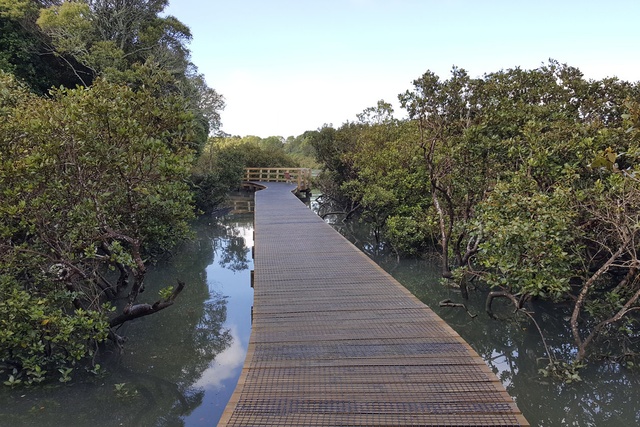
The management of the Marawhara and Wekatahi streams along North Piha is an example of the next rung up the adaptive management ladder. Historical modifications to the stream combined with a large influx of sand coming ashore lead to erosion of the sand dune in front of the road connecting the North Piha community. The former Waitakere City Council employed a soft engineering management solution which involved retraining of the stream mouths and restoration of the damaged dune.
Over time, this retraining needed to be undertaken more frequently and, as a part of the review process, the monitoring data was analysed. This analysis provided a useful insight into how the dunes were behaving, which in turn led to a tweak in trigger level for reinstatement works and a refocus on the deposition areas. The intent of the new approach was to encourage growth of a dune in between the two streams as a means of future proofing the works and reducing the frequency of physical works.
Through the process of changing the management approach the importance of communication with the Piha community became clear. The change in approach raised questions from all the different facets within the community, and the new approached was challenged by certain groups.
Therefore, the rationale and results from the monitoring needed to clearly be communicated to both the stakeholders and decision makers to ensure the objectives were clearly understood. The ability to communicate the objectives and approach to various groups was seen as key to maintaining the project’s momentum.
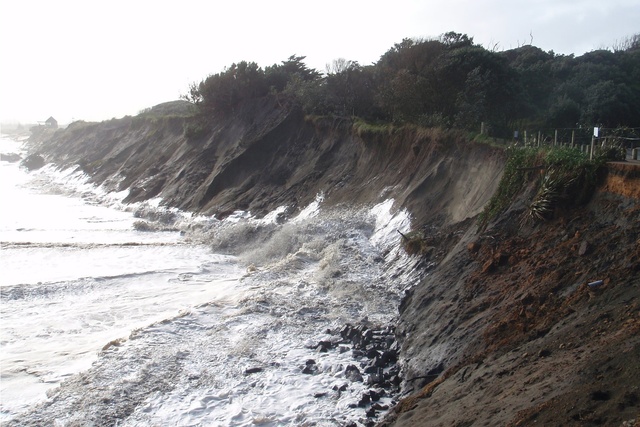
Managed retreat is being discussed more and more in coastal management circles, and it can mean many things. In essence, it is about moving infrastructure and et cetera away from the coastal margin and allowing more natural defences to establish (think dunes, wetlands and intertidal flats) to provide a buffer to future hazards and threats. In other words, it is most commmonly associated with the removal of defence structures to allow the ocean to do its thing.
However, managed retreat can also be a gradual process that involves removal of one line of defence to allow a natural buffer and edge to establish, whilst providing some degree of protection via some form of backstop. To date this approach has mostly been applied in areas of already marginal land that is generally considered to be lower in value. As the pressure from climate change begins to mount the discussion will inevitably shift toward higher value areas which presents a whole range of new challenges as debates rise around the future of private and public assets.
One such example is the managed retreat of a carpark at the southern end of Muriwai Beach. The beach had been eroding for 50 to 60 years and traditional means of protection weren’t working in a high energy sediment deprived environment. Technical investigations concluded that managed retreat was certainly achievable and, in fact, revealed that the underlying geology removed some of the uncertainty around how far to go back.
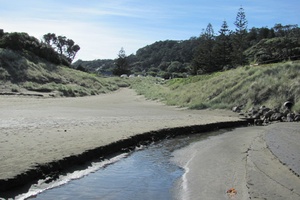
The biggest challenge with this project, though, came from getting the community onboard and balancing their values and expectations. This was a six to eight-year process from project identification until the completion of physical works. Monitoring of the site has demonstrated the success of the project and this has enabled a similar body of the work to be undertaken moving north.
With the implementation of the more complex adaptive approaches mentioned above, one of the key learnings has been that communication and forward planning are key to achieving outcomes. This will be even more important once these issues start moving closer to private properties and major infrastructure and the challenges increase exponentially.
This article first appeared on the Landscape Architecture Aotearoa website, which is published by the New Zealand Institute of Landscape Architects (NZILA).

